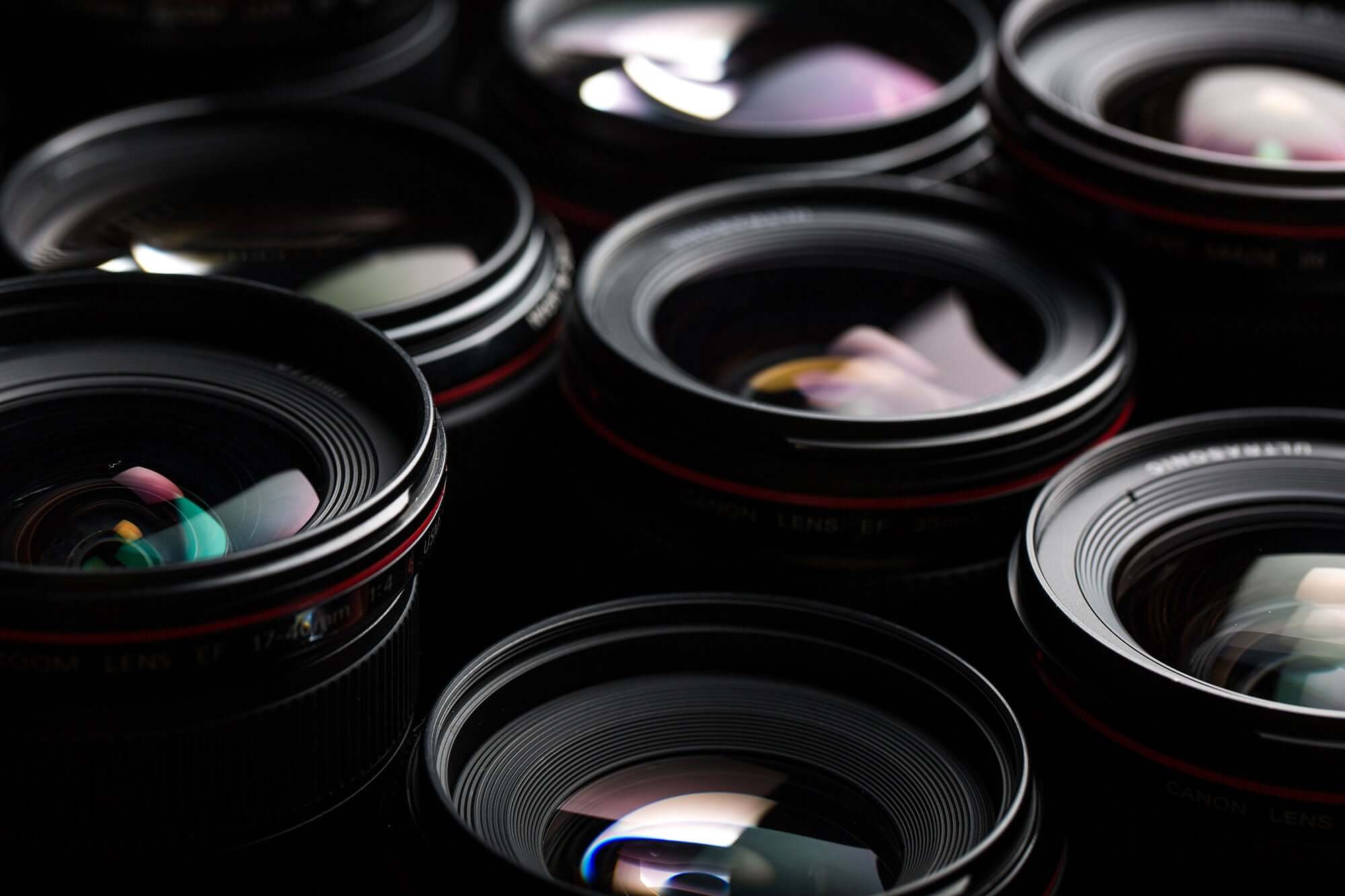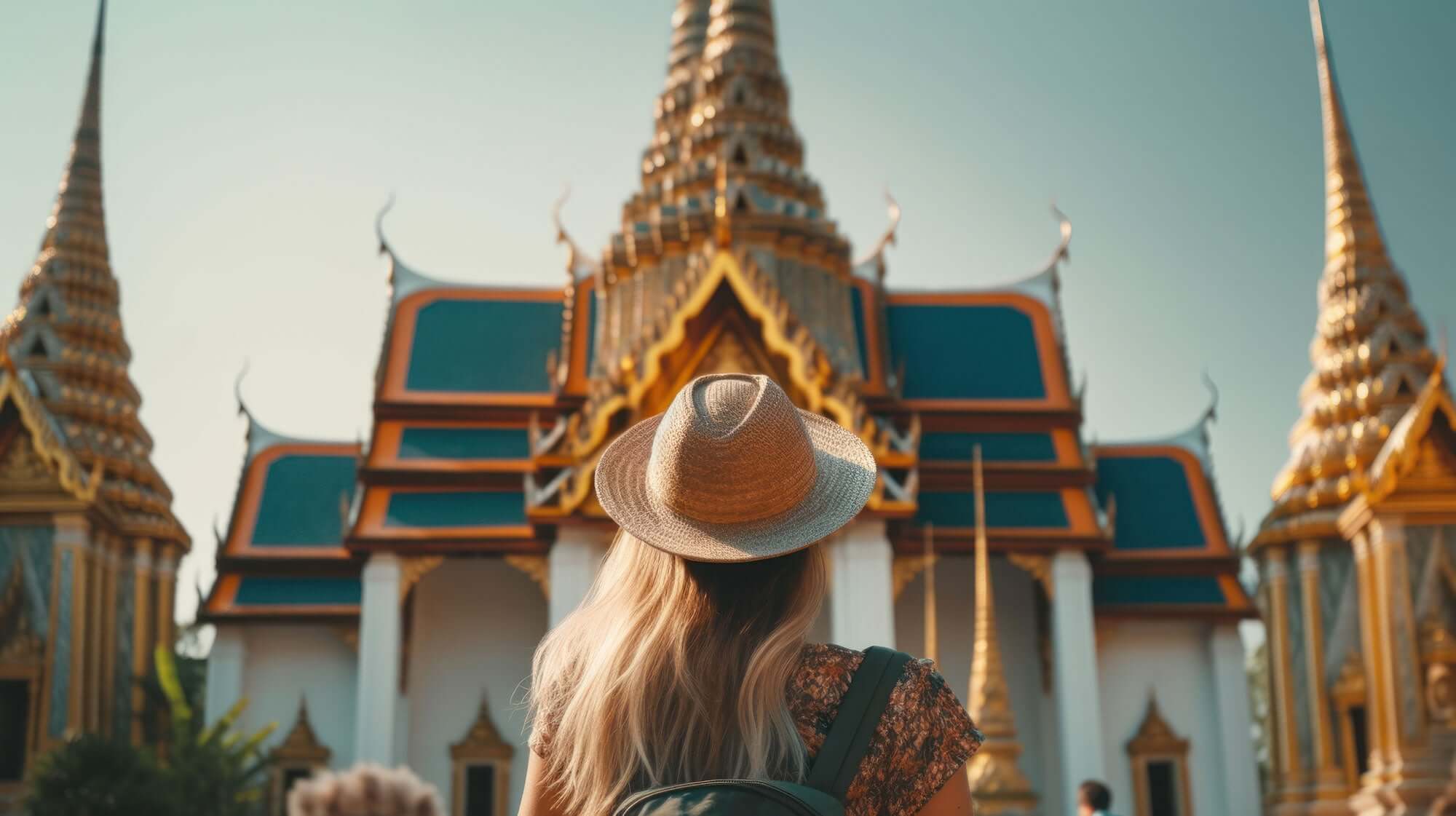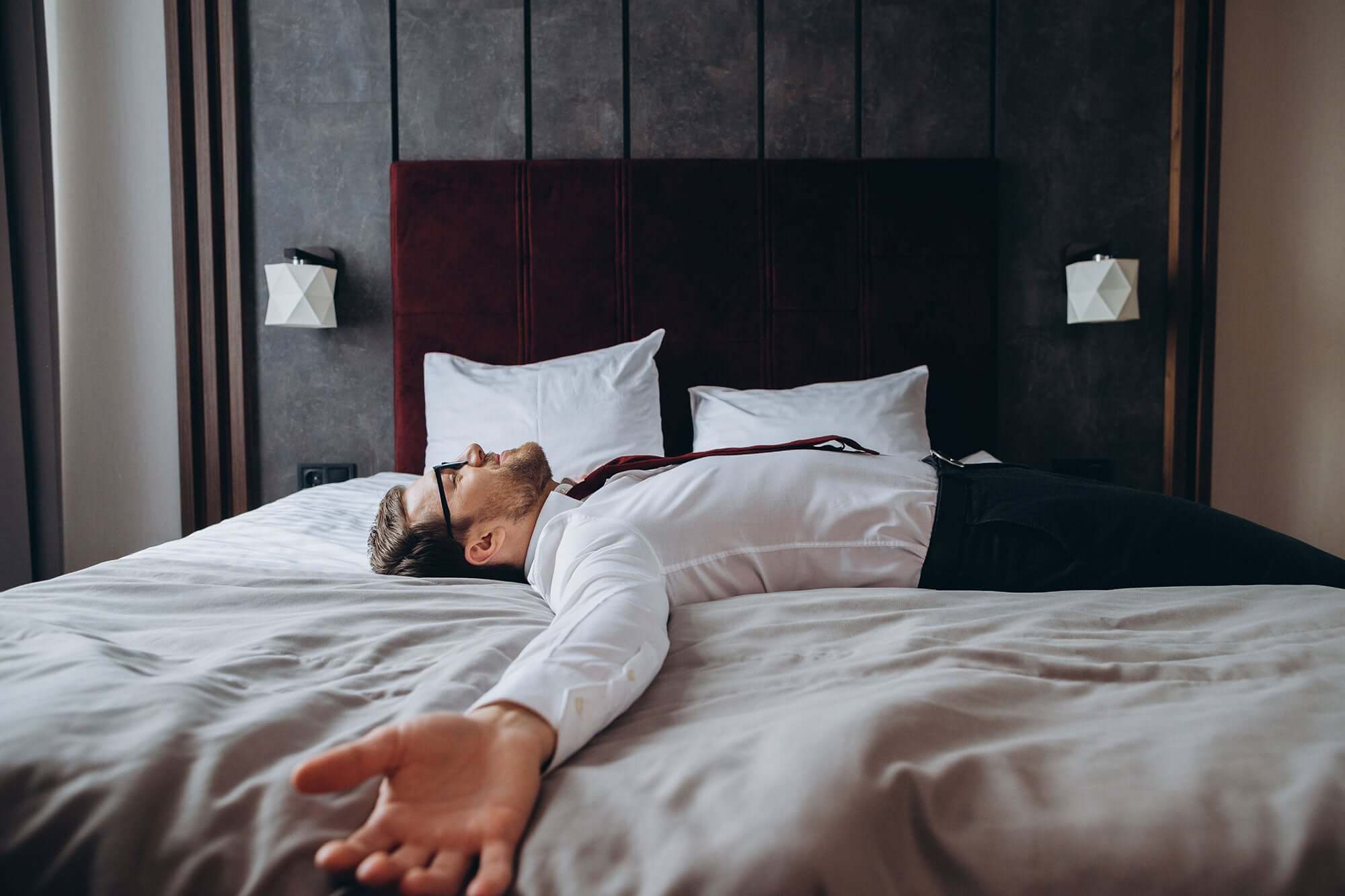
Camera Lenses Explained: Choosing the Perfect Lens for Your Personal Style
The perfect lens for your camera depends on your existing camera equipment on the one hand. You need the appropriate lens mount that is compatible with the camera model you are using. On the other hand, you have to take into account your preferences regarding your chosen photo subjects and the conditions of use. Many factors intertwine in the possible selection of the optimal camera lens for you and your purposes. Last but not least, the size and weight of the lens also play a proverbial supporting role. Even the topic of vlogging is not left out for the skillful creation of video blogs when it comes to finding your ideal camera lens in this field. The scope between desired quality and price structure is wide. Our little camera lens guide should give you some initial guidance. To inform yourself in advance exactly which possibilities the individual photography lens types offer you is worthwhile especially in this case.
Your personal style plays a major role in determining the type of lens you choose
It is not easy to filter out objective decision criteria, because the selection of different camera lenses is so large that even professional photographers find it difficult to maintain a comprehensive overview. Selecting a camera lens is no easy task. General advice is not necessarily helpful. The essential parameters result from the demands placed on photography. Do you primarily photograph close objects or distant landscapes? Are you a fan of expressive portrait photography? What are your favorite subjects and what level of flexibility does your camera lens need to meet? The different types of photography lenses can be classified according to their characteristics. They break down into the main categories: Normal lenses, wide-angle lenses, telephoto lenses, zoom lenses and macro lenses. Very special effects are exhibited by fisheye lenses, whose lenses provide 180-degree viewing angles and extreme curvature. A tilt and shift lens (TS lens), as a special lens developed for this purpose, is able to optically compensate for the plane of focus as well as for converging lines caused by a camera tilt. The particular camera lens selected therefore has an enormous influence on the final photographic result and the photo quality.
The most important parameters of a camera lens
Available focal length, maximum aperture, the correct lens bayonet or a corresponding adapter as an alternative, and the shooting format are the most important parameters of a lens for photography. To what extent a camera lens with an integrated image stabilizer makes sense, which avoids camera shake, is another purchase decision that comes along as additional equipment with a surcharge owed to this technology.
Crucial questions and considerations for your choice of camera lens:
- Do you use your camera equipment exclusively for photographic shots or for video as well?
- Under what predominant lighting conditions do you shoot most often?
- Do you tend to shoot static subjects or do you often shoot dynamic subjects?
- What exact image effect do you want to achieve in terms of depth of field, perspective, etc.?
- How much of a general burden do you want your camera lens to be?
- Do you tend to use interchangeable lenses or do you rely on the flexibility of a single lens?
In a nutshell - differences of the most popular camera lenses explained
Normal/Standard Lens: Standard camera lenses, also known as normal lenses or all-round lenses, are in the medium focal length range between 35 and 50 mm. Their natural perspective corresponds to human vision. With its balanced representation of near and far, this lens category covers most photographic needs. Street photography, portraits or general nature subjects can be realized sharply and in great detail. Due to its versatility, a standard lens proves its worth in everyday photography.
Wide-angle lens: Wide-angle lenses range in focal length from 12 to 35 mm. Zoom ranges vary depending on the manufacturer and aperture value. These lenses can be identified by their outward curved lens. With its short focal length, a wide-angle lens captures a wider surrounding field, making it particularly well suited for landscape photography and architectural shots. Its pronounced depth of field also makes it ideal for capturing enough image subject area in confined space situations.
You will also find the right camera bag for your equipment and everything you need to protect your camera in our Oberwerth Shop. From classic camera bags to modern sling bags up to noble photo messengers and backpacks. Of course you will also find hand straps and shoulder straps. Finest handmade from the best materials. Feel free to browse around and find the bags & accessories that best suit you and your equipment!
Telephoto Lens: Unlike a wide-angle lens, a telephoto lens has a longer focal length that allows you to magnify distant subjects and get up close. Sports shots, animal photos and the depiction of details that can only be reached from a distance can be excellently photographed with this lens.
Fixed focal length vs. zoom lens
If you are inclined toward a zoom lens at first glance, you should first look at the valid reasons that speak in favor of a lens with a fixed focal length (primes). Fixed focal length lenses usually offer a higher image quality. They convince with better sharpness, lower chromatic aberrations and fewer image distortion effects. With their strong plus points in the speed range, they still deliver great shots even in low-light conditions without using a flash. An attractive bokeh effect can be created. With only one fixed focal length, they remain more compact and lightweight compared to zoom lenses. The fixed focus on one angle of view allows better creative expression, which helps you shape your own photographic style. The clear advantages are countered by the limitation to a fixed angle of view. Only by changing your own position or switching to a different lens, which is time-consuming, does the desired image detail remain variable.
Zoom lenses, on the other hand, allow you to quickly capture different angles of view without changing your location. Here, the image section can be flexibly adjusted via the zoom function. The ability to react quickly to changing motifs and the possible change in distance through zooming opens up a wide range of possibilities. The convenient coverage of a spectrum of focal lengths is countered by disadvantages in the areas of image quality, light intensity as well as size and weight. Especially with large focal length ranges, the image quality is reduced. The generally smaller maximum apertures limit the ability to achieve good photo results in low light conditions. Portability and handling become more difficult compared to the lighter and smaller fixed focal length lenses.
Ultimately, the decision between fixed focal length and zoom lenses is usually a matter of prioritizing between better image quality and higher speed, or the great added convenience and versatility that a zoom offers. There is no real one-size-fits-all solution. Photography enthusiasts are left with the agony of choice or the investment in both lens options.
New angles and unusual perspectives
In photography, the camera lenses used are undoubtedly responsible for discovering new angles and capturing perspectives that are out of the ordinary. Your lens acts as the eye of your camera. The lenses built into the lens housing focus the incident light. This provides the camera sensor with an image of the photo subject. How sophisticated and comprehensive the view turns out depends on the performance of your lens. Weigh up in advance which special features are indispensable for your camera lens to fulfill your photography ambitions in the most versatile and high-quality way possible. With these considerations, you'll be one step closer to finding the perfect lens for photography in the bewilderingly vast array of photography lens types.

